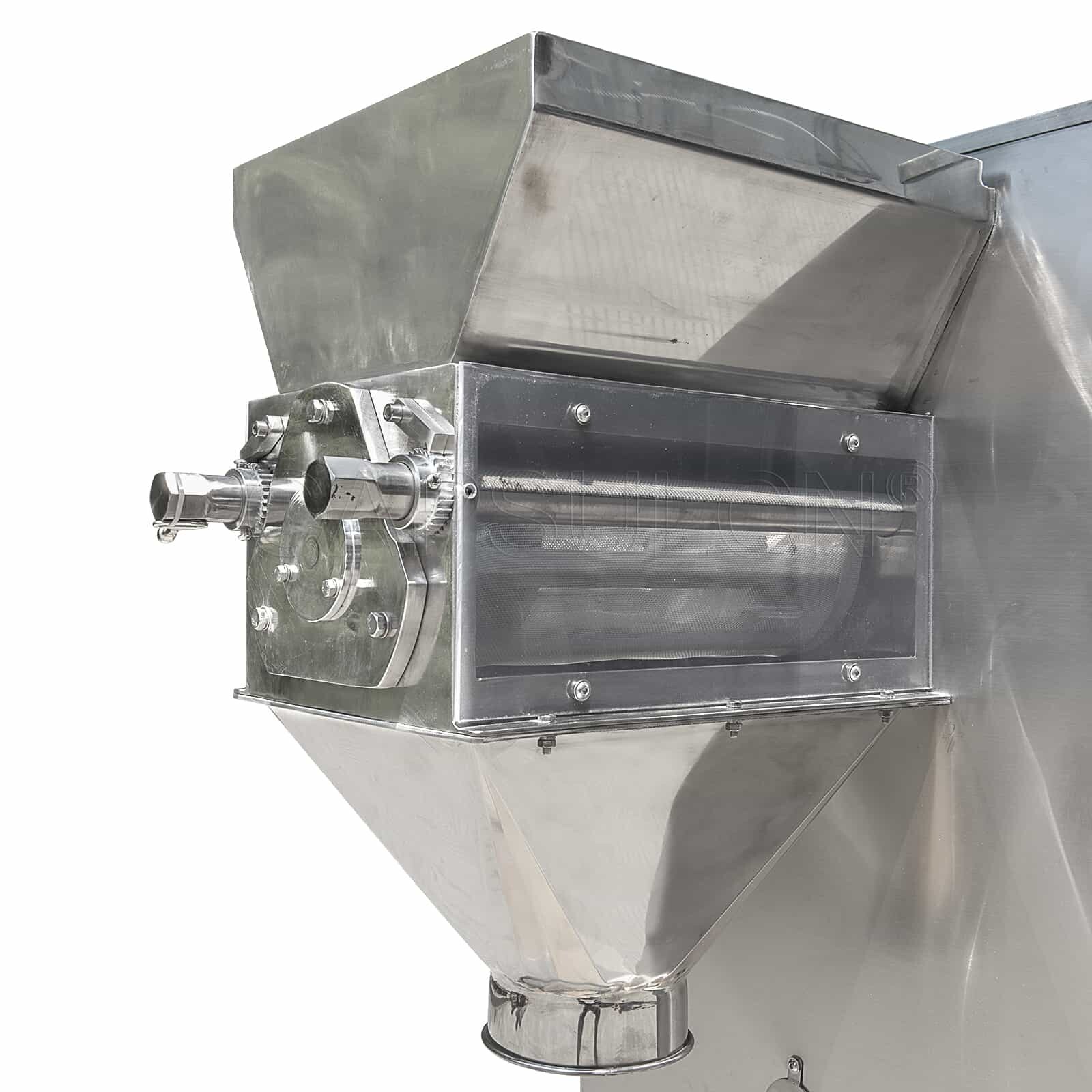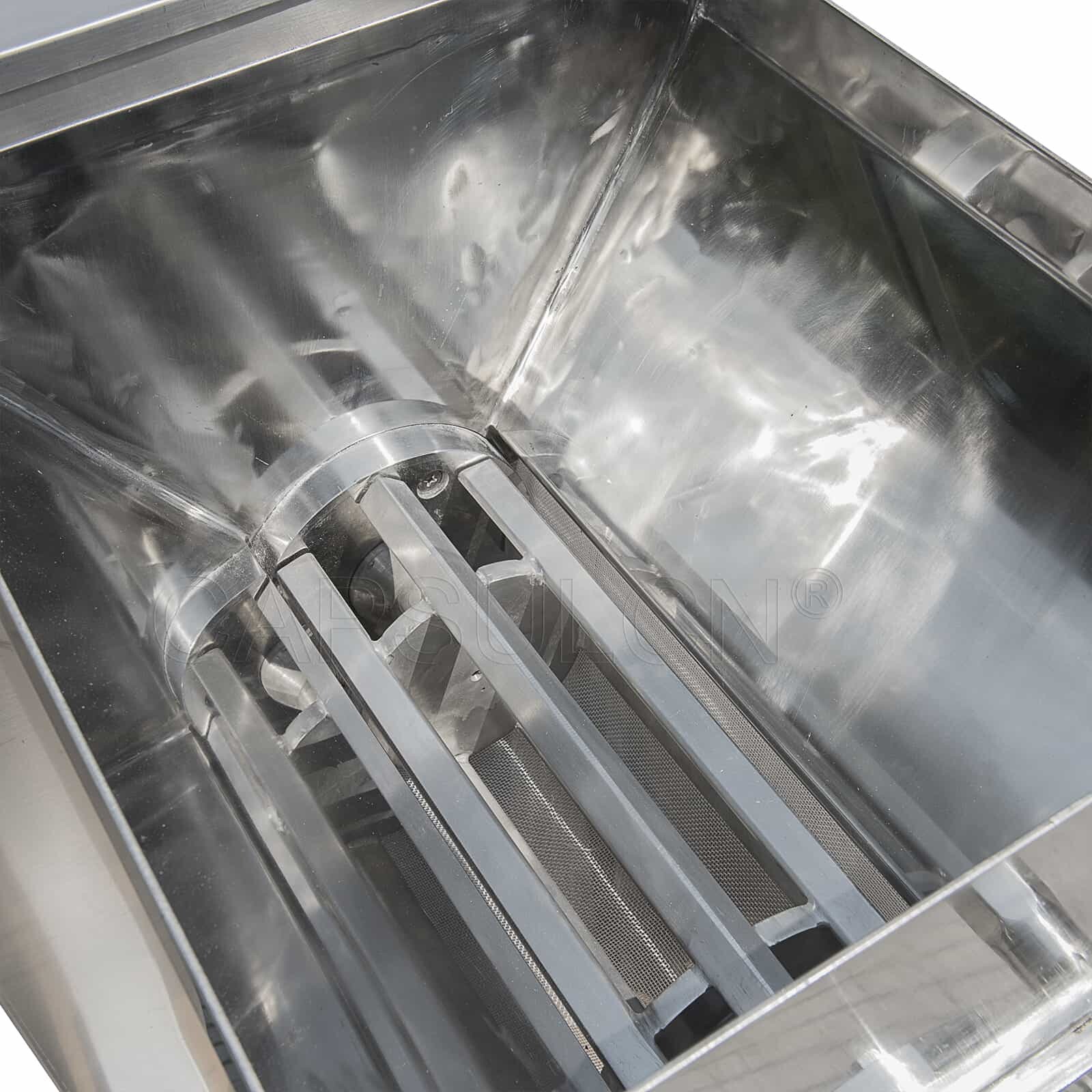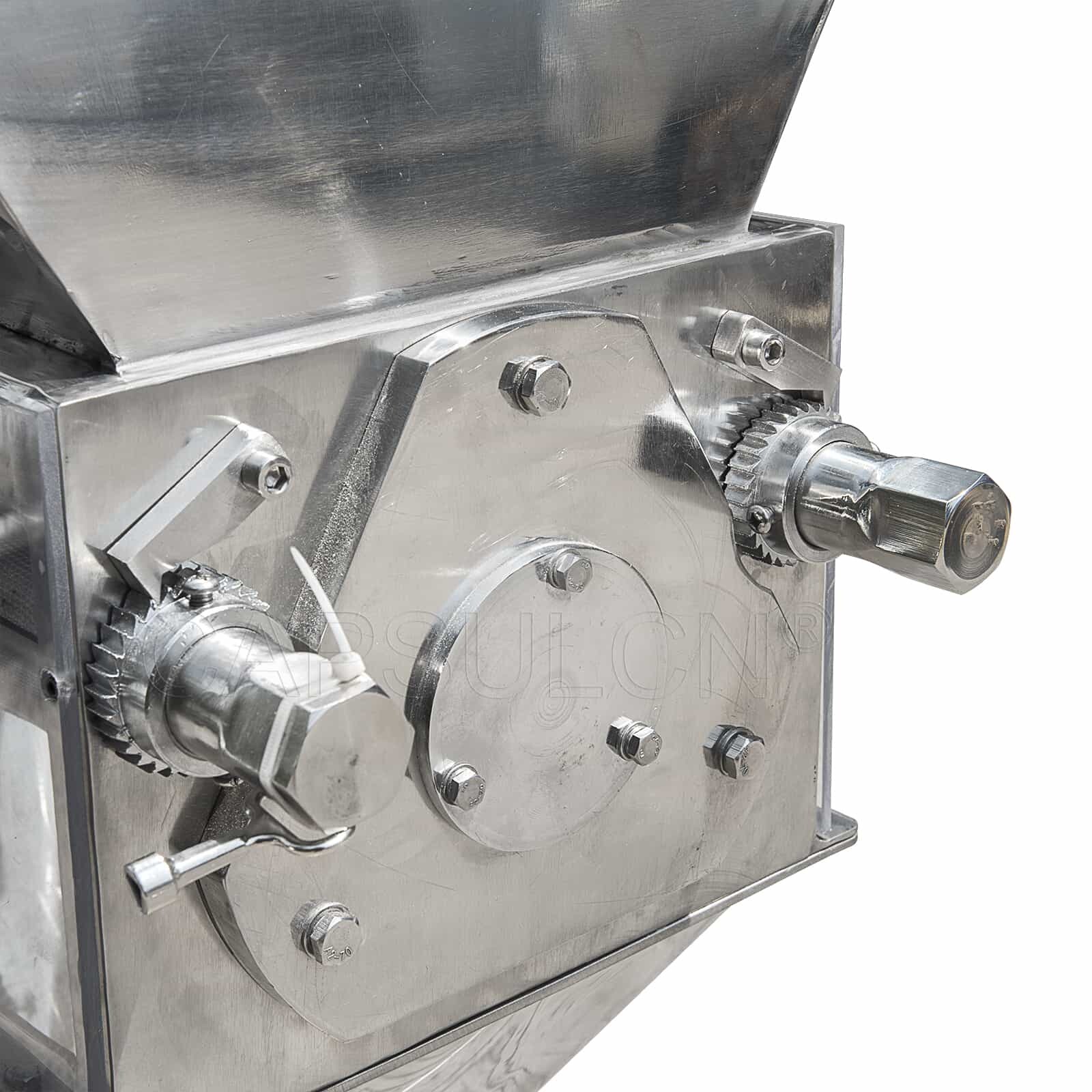How does an Oscillating Granulator Work?
Did you know that the granulation process is now becoming more prevalent in process industries? If your facility produces tablets or capsules, granulation is an essential stage in the manufacturing process.
Granulation typically has two most common processes: wet granulation and dry granulation. These methods work by compression or using binders to bring fine powders together to create larger granule materials. The resulting granules are free-flowing, dust-free, and easy to compress, assisting at the stages of tableting or encapsulation.
So, what machines should we use to complete the granulation process? If you're looking to produce granule materials in a cost-effective way, the answer goes to oscillating granulators.
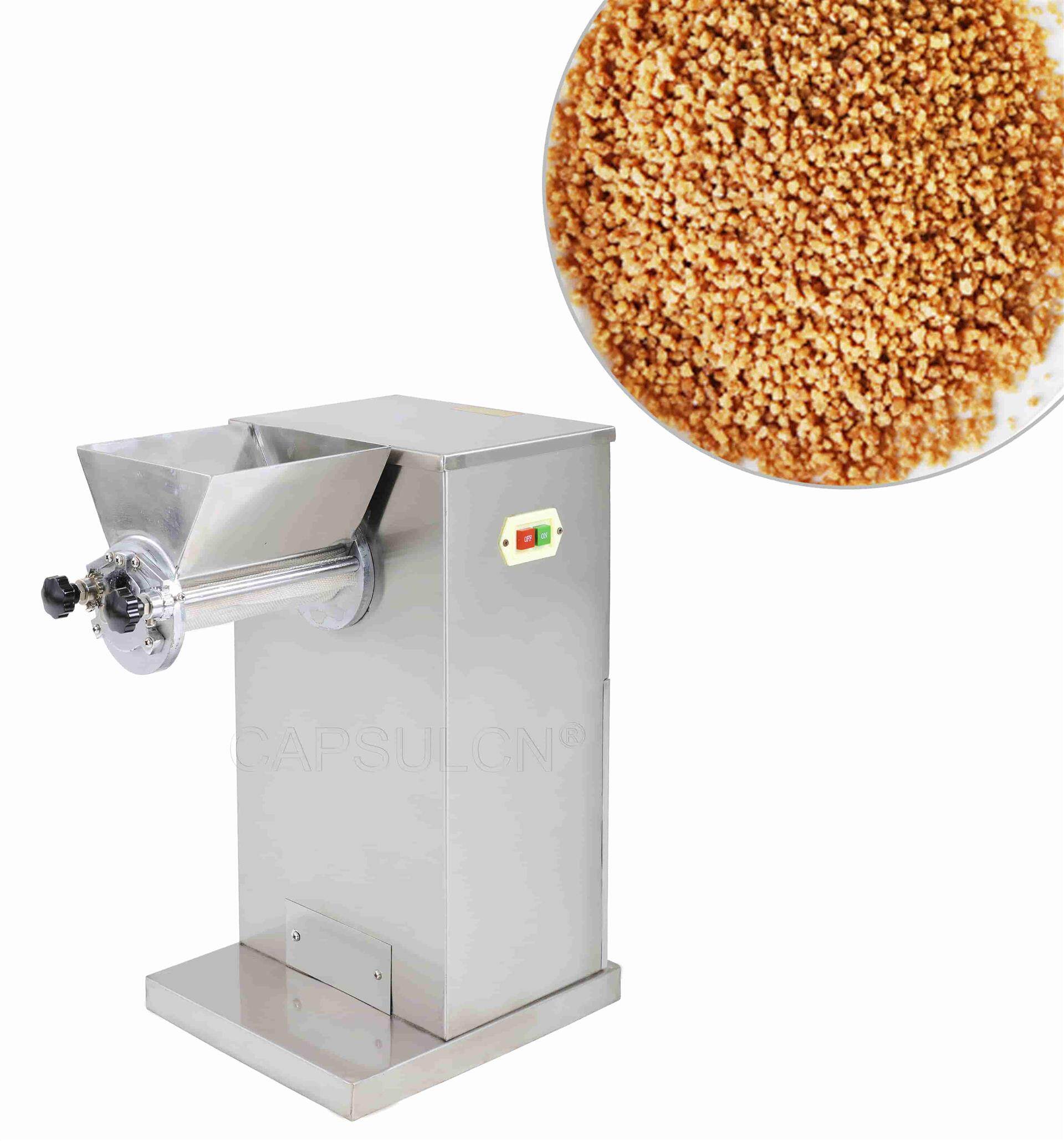
Understanding the oscillating granulator working principle will help you make an informed decision for your granulation needs. This article provides everything you need to know about the equipment. Let's dive right in!
What Is an Oscillating Granulator?
The oscillating granulator is one of the most widely used granulating machines. This device is able to perform operations such as breaking down lumps into smaller particles, producing a homogeneous blend, grading, and sieving particles that are sensitive to moisture or heat.
This versatile granulator machine helps enhance the quality of the granules by improving their flowability and compressibility. Further, it is capable of handling both wet and dry granulation processes while achieving scalable results.
Read more: Top 5 Oscillating Granulator Machine Manufacturers
Oscillating Granulator Working Principle
How does an oscillating granulator work? It is quite simple to understand. Let's take a closer look at the oscillating granulator working principle.
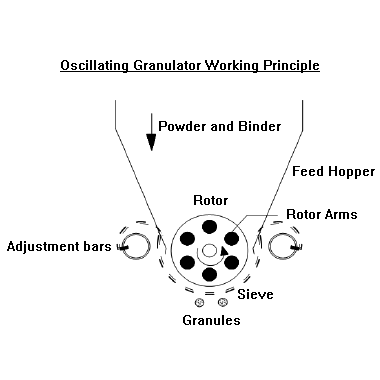
Materials to be granulated and binders (if required) are loaded into the feed hopper at the top of the granulator machine.
These substances fall onto the oscillating rotor—the rotor rotation alternates between clockwise and counterclockwise.
The rotor arms with sharp edges work to crush the large agglomerates into smaller particles in an oscillating and rotating manner.
The crushed particles are then forced through the oscillating granulator sieve to form the desired, uniform granule sizes.
During the granulation process, the rotor's rotational speed and rotation time can be adjusted. Sieve hole sizes, as well as rotational speed and rotation angle of the rotor, are all the primary factors that influence particle size.
Oscillating Granulator Parts
What are the major parts that play a key role in the oscillating granulator working principle? Here's a diagram of the granulator machine.

1. Feed Hopper
The feed hopper is used to load the materials to be granulated. Since the oscillating granulator can be used for wet granulation, the hopper is designed to hold pre-wetting materials. So, this component is typically constructed from stainless steel to prevent corrosion.
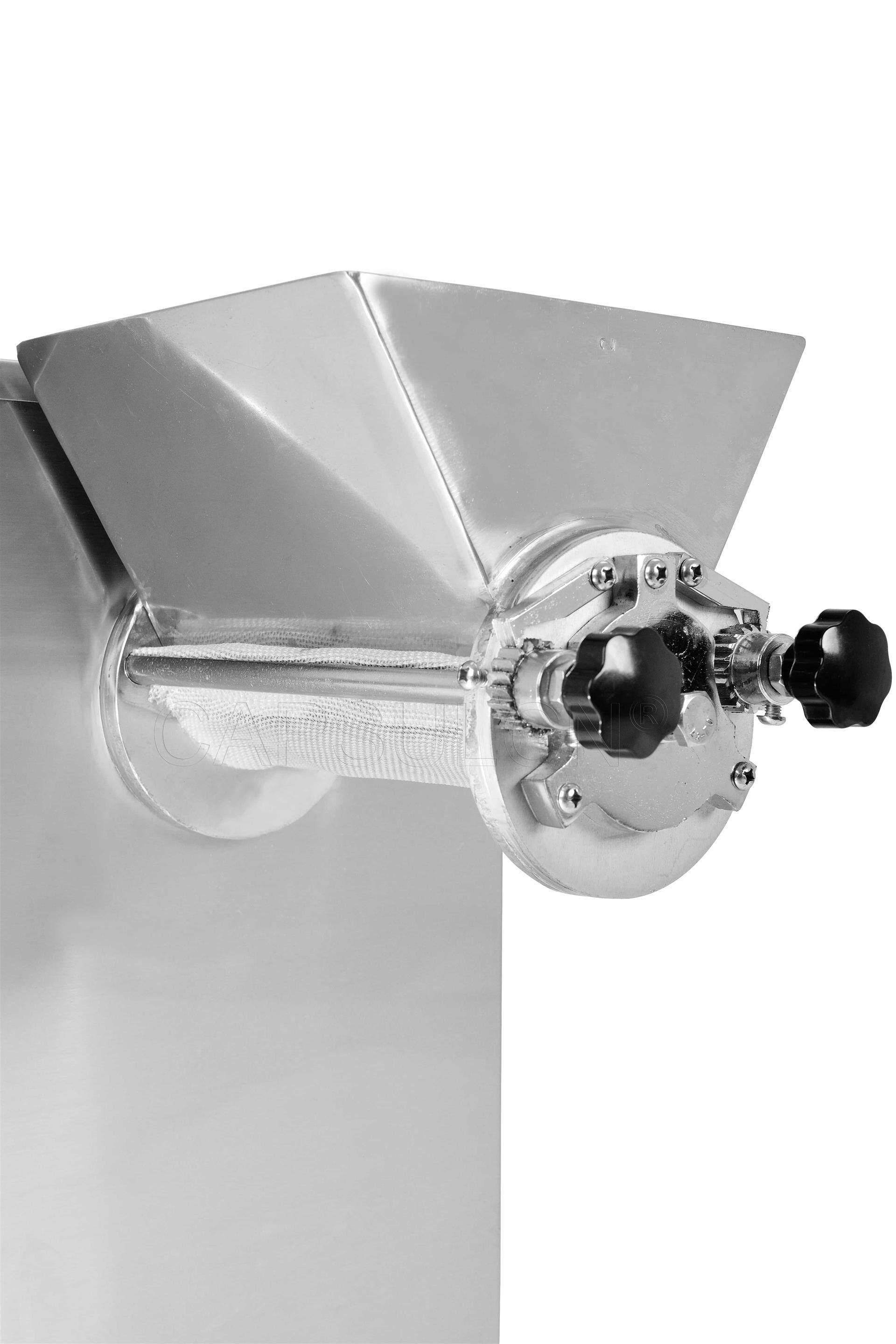
2. Oscillating Rotor
The oscillating rotor comes in a stainless-steel construction. It is mounted at the bottom of the feed hopper. This component features multiple arms that are arranged in a cylindrical fashion. These rotor arms with sharp edges function as blades to break down the large agglomerates.
The rotor works by oscillating and rotating on a horizontal axis. It rotates from side to side to crush the oversized product to be granulated. Both the rotational speed and time of the oscillating rotor are adjustable depending on the properties of raw materials.
3. Sieve
The sieve comes in a perforated metal sheet. It functions as a mesh screen and half wraps around the oscillating rotor from the bottom. With a stainless-steel construction, the sieve works to grade and screen the particles crushed by the oscillating rotor.
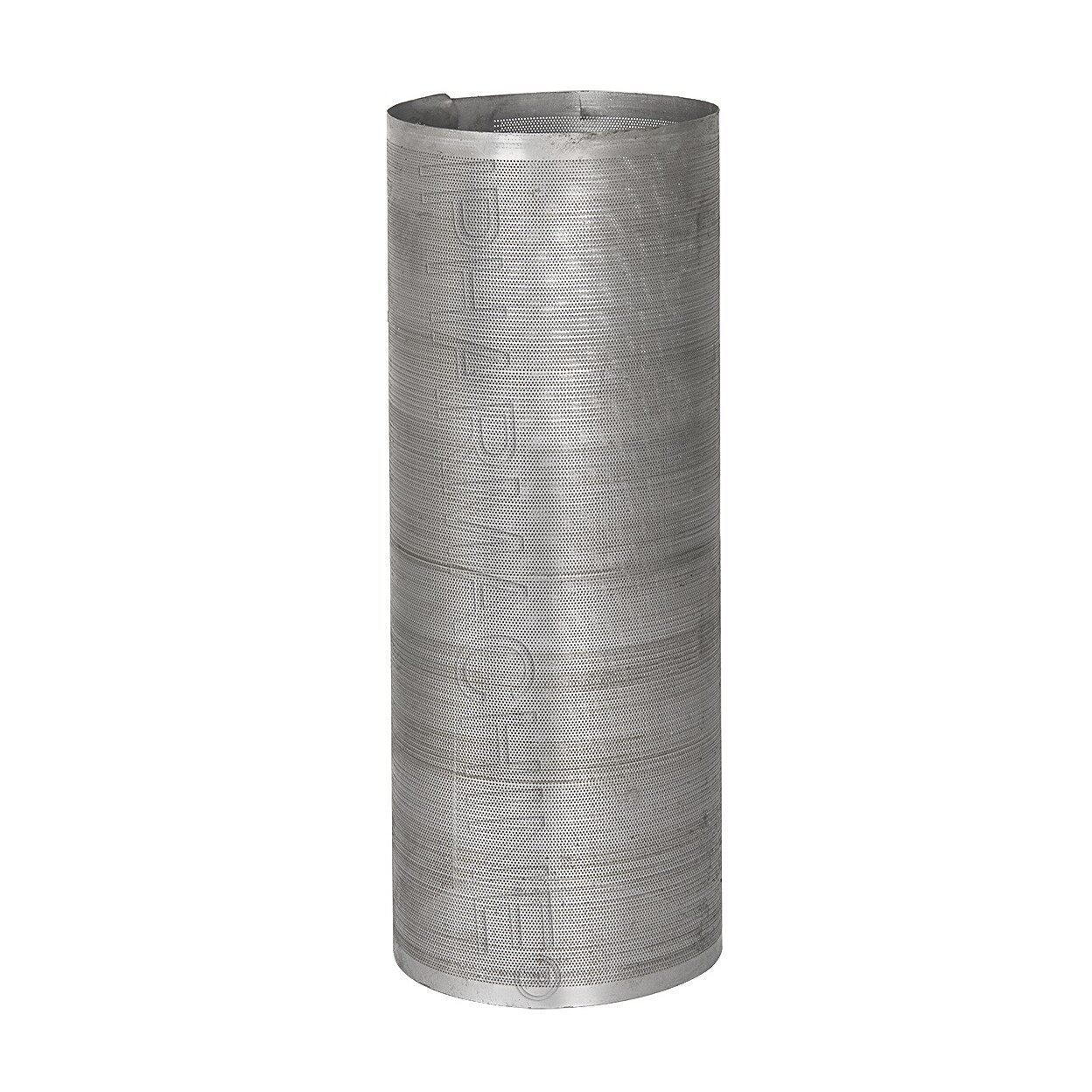
The oscillating granulator sieve is available in various sizes and perforated types. The screening is a key step in the oscillating granulator working principle. It helps achieve the desired particle sizes depending on your production needs.
4. Hand Wheels
The oscillating granulator generally has a pair of hand wheels. They come with removable bars to secure the sieve and adjust its tension. When the mesh screen needs to be replaced, you can unscrew the retaining nuts to pull out the adjustment bars without tools.
5. Discharge chute
The discharge chute is crafted from fully welded, mirror-polished stainless steel. The construction allows the granular materials to leave the device smoothly and completely.
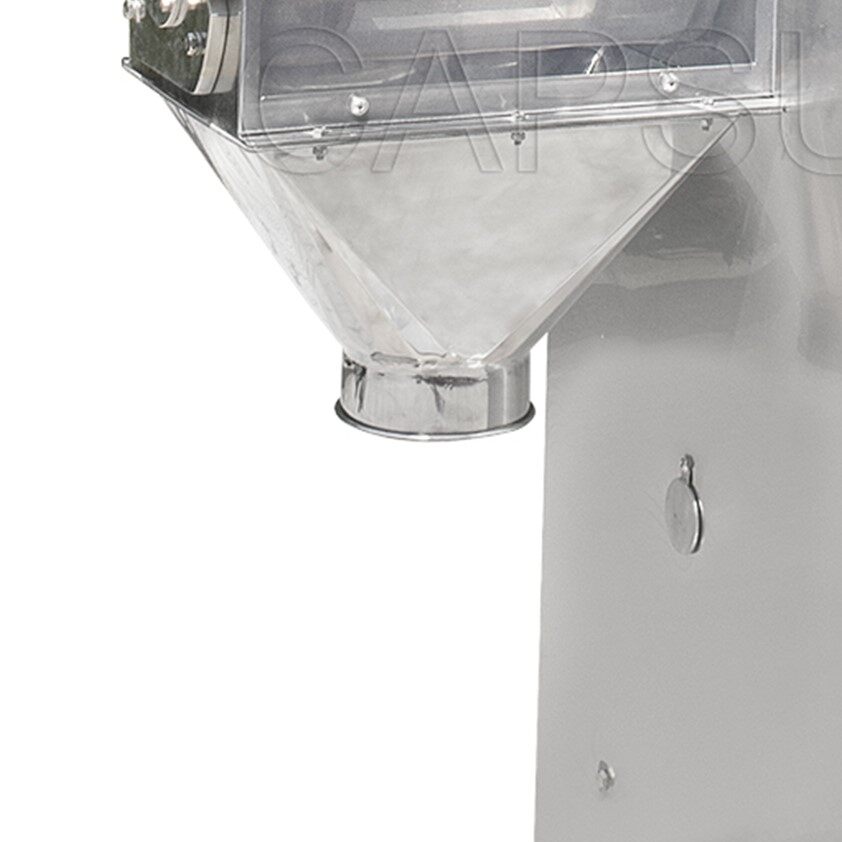
6. Control Panel
Since the oscillating granulator is an easy-to-operate device, its control panel doesn't come in a complex design. Typically, the control panel is composed of a START button, a STOP button, an EMERGENCY STOP button, and power indicators.

7. Motor and Gearbox
The electric motor and gearbox are enclosed in the machine base. The rotor is driven by the motor and gearbox to deliver oscillating and rotating motions for the granulation process.
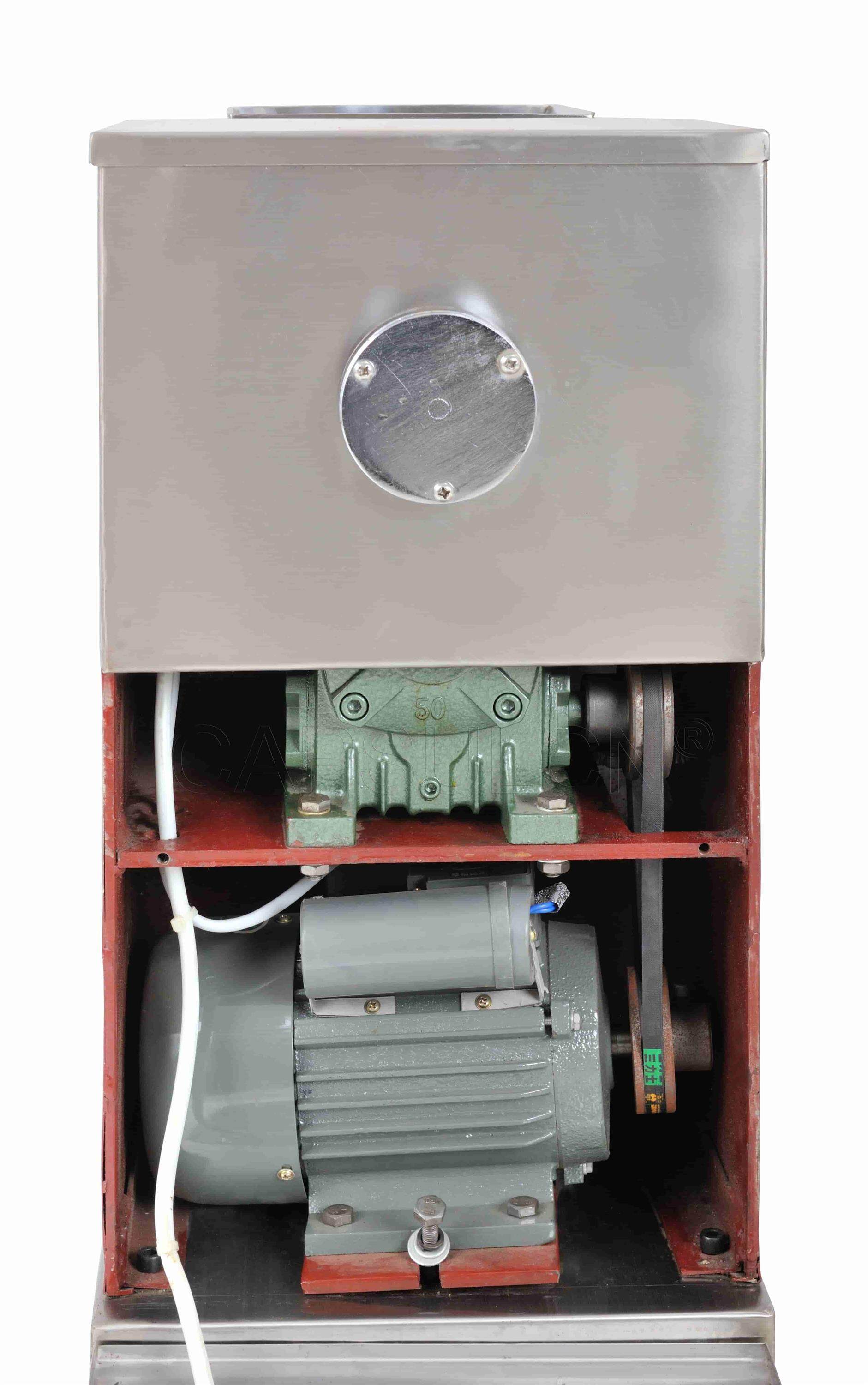
Uses of Oscillating Granulators
Oscillating granulators are ideal for both wet and dry granulation. They are go-toes in diverse process industries.
In the pharmaceutical, nutraceutical, food, and chemical industries, this type of granulator machine is commonly used for effective deagglomeration of moisture- and heat-sensitive materials and size reduction of granules.
Thanks to their versatility and flexibility, oscillating granulators enable granulation to scale up from laboratory scale and pilot stage to industrial production.
SOP for Maintenance of Oscillating Granulators
Establishing a maintenance workflow is essential to ensure your oscillating granulator runs smoothly and efficiently. It also helps prolong the machine's lifespan. Thorough cleaning and regular lubrication can keep your equipment in tip-top condition.
Oscillating Granulator Cleaning SOP
Following the granulation operation, particles may be left in the feed hopper and on the rotor or sieve. So, it is critical to give your granulator machine a thorough cleaning to avoid corrosion and cross-contamination. The standard procedures are as follows:

1. Use a brush to remove all residual materials on the machine's surface.
2. Open the top cover of the feed hopper.
3. Use a brush to remove all residual materials inside the hopper.
4. Loosen the screws to remove the discharge port.
5. Loosen the screws to pull out the adjustment bars.
6. Remove the sieve.
7. Use a brush to clean the feed hopper, oscillating rotor, adjustment bars, and sieve.
8. Use a soft cloth with rubbing alcohol to disinfect the feed hopper, oscillating rotor, adjustment bars, and sieve.
9. Reinstall all removed parts.
Oscillating Granulator lubrication SOP
Inadequately lubricated moving parts can lead to a variety of mechanical issues. To ensure that your oscillating granulator function reliably for as long as possible, lubricating it on a regular basis is essential. The standard procedures are as follows:
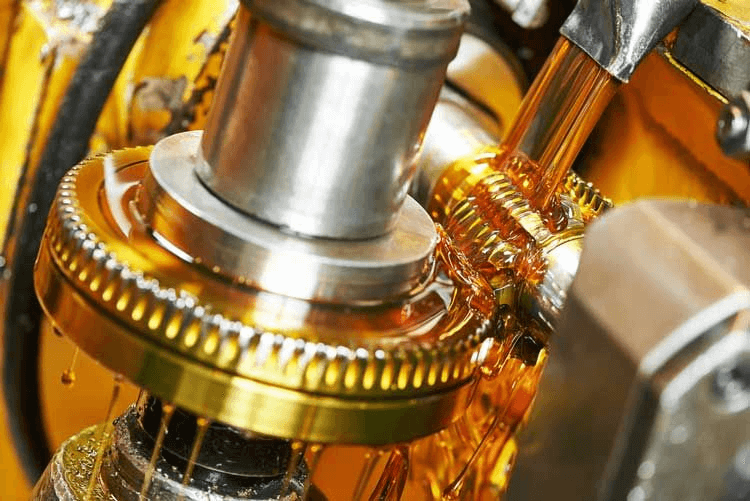
1. Remove the top cover of the granulator machine.
2. Open the oil fill cap of the gearbox to top up the machine oil if necessary.
3. Apply the machine oil to the transmission components.
4. Make sure all moving parts are properly lubricated.
5. Switch on the machine for 5 seconds to make it run.
6. Stop the granulator machine and put the top cover back.
iPharMachine Oscillating Granulators for All Your Granulation Needs
iPharMachine is a pharmaceutical machinery manufacturer with over three decades of experience in the industry. We offer granulator machines and expertise to meet even the most challenging granulation process.
The CYK Series Oscillating Granulators have received a lot of good reviews from customers in the pharmaceutical, chemical, and food industries. Robust, easy-to-operate, and GMP-compliant, each model is a solid option for high-efficiency wet and dry granulation processes.
Contact us today for more information about our granulator machines!
Leave your comment
Also Offers


Containment Automatic Capsule Filling Machine SFK-703

Fully Automatic Dosator Capsule Filling Machine CZ-40

Our Team
As an expert in the pharmaceutical and pharmaceutical packaging industry, iPharMachine has provided solutions for hundreds of pharmaceutical and health product manufacturers for 17 years. By visiting customers, we get good reviews from our customers.
- info@ipharmachine.com
- English Español Deutsche
